8 July 2020
by Federica Carlini
Main image: Still life composition, Mirrors and Centaurea cyanus. Arrangement by Nicole Ma, photography by Marcelo Deguchi.
Since the invention of the photographic camera, artists have always had a passionate devotion to flowers. Those who were dedicated to flower compositions could not have done a job worthy of being remembered through time without the skills of those who immortalised their photographs. Therefore, the power of capturing each instant and the ephemerality of the botanical elements have always been interconnected.
My passion for the camera is what brought me closer to the world of flowers and plants: extremely fascinating creatures, the essence of the definition of beauty. What has always fascinated me about photography since I was a child is its ability to enter the intimacy of other people lives, their homes, their gardens, the colours, the lights, the mystery of different stories and situations that I could not experience myself.
Lina Scheynius was the first artist who changed my perception of the world behind the photographic camera. Flowers are often depicted in the intimate space of her home. In her everyday life, she experiments with light and works with flowers, capturing intimate and poetic moments of the world around her. Flowers are pictured as protagonists and often complemented with lines and details of the human body, enhancing beauty even in the most ordinary moments.
Even though I am now more acquainted to floristry than to photography, what I look for has yet not changed. The mystery and emotional 'power of the everything' that I feel through my eyes behind the camera is now experimented through my hands and my compositions. I still want to convey those feelings, this time with a different medium.
What is that magic that draws so many photographers towards flowers? Why are they one the most photographed subjects in the history of photography? It was this fascination about the subject that made me wonder about these connections and to look back into the history of the relationship between flowers and photography.
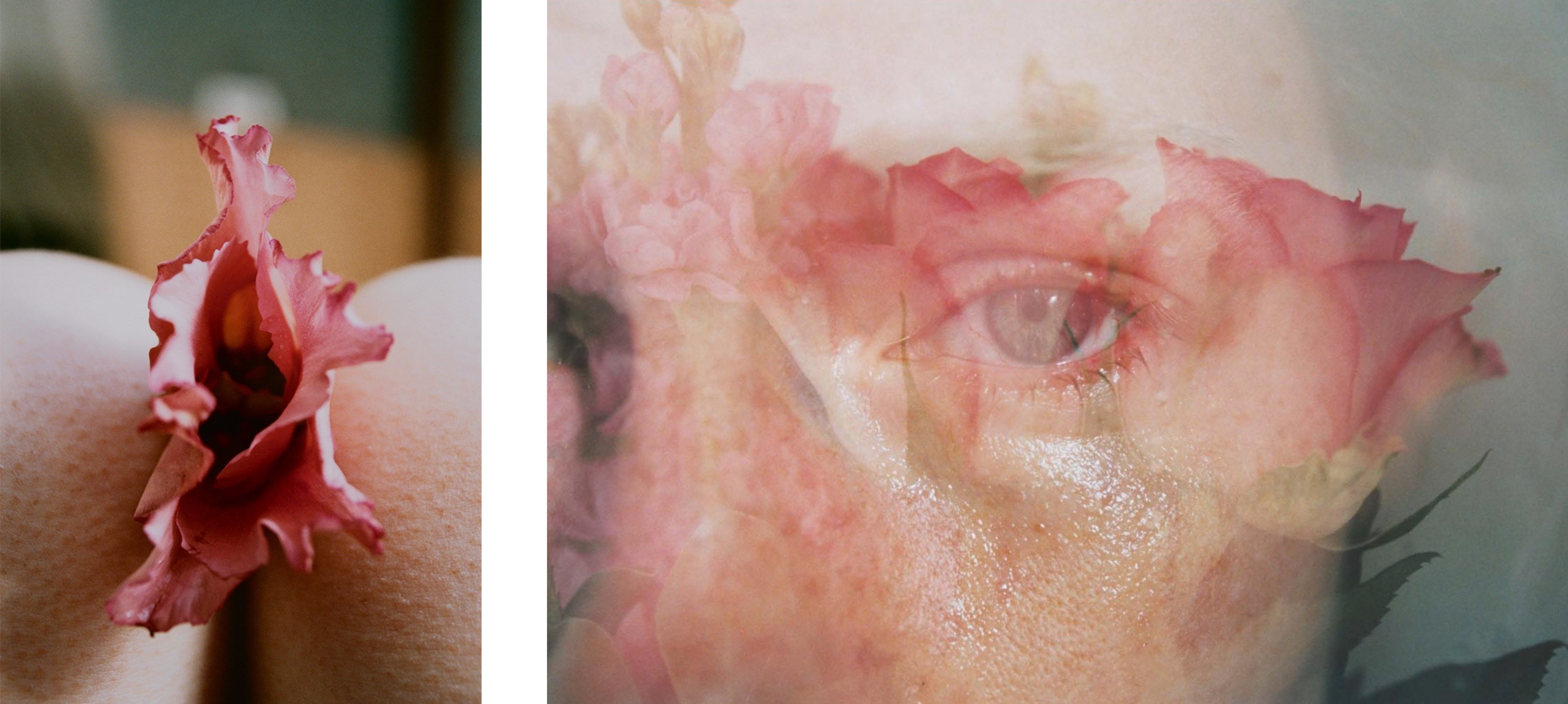
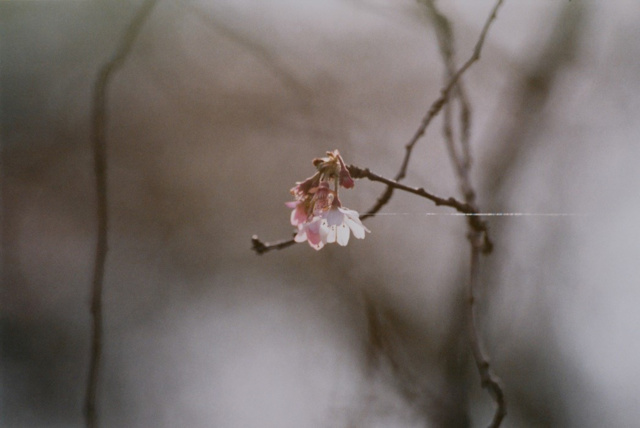
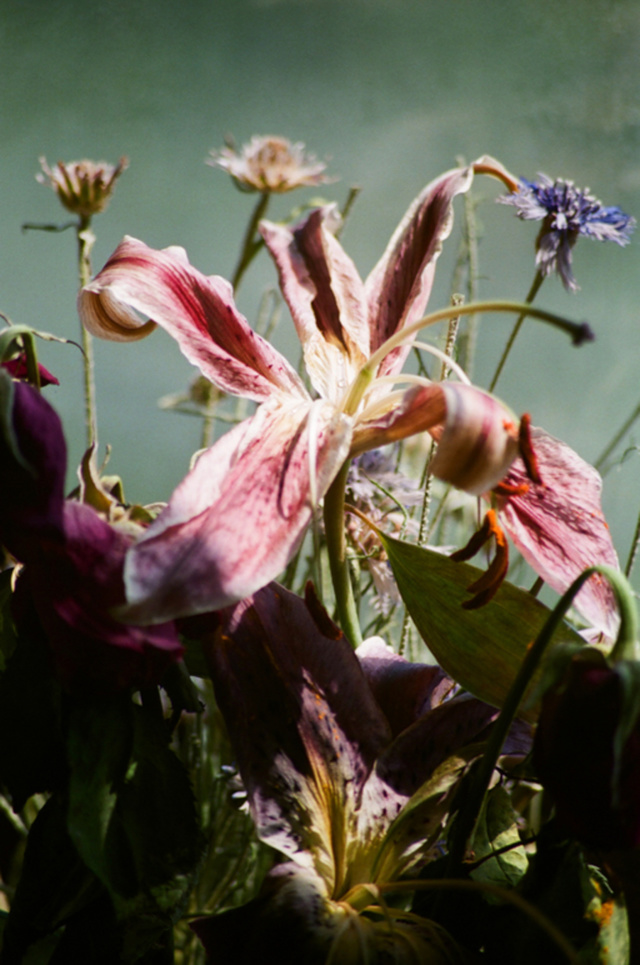
Flowers. Lina Scheynius
At this season of the year, the artistic photographer cannot fail to be attracted by the large variety of flowers, many of which are exceedingly suitable, both in shape and colour, to form charming subjects for photography treatment.
—The Photographic News, July 1885
THE STUDY OF THE BLOOM
The flower piece, a pleasing arrangement or cut flowers in a vase, usually in the form of a radial composition, came into its own during the 17th century in the hands of Dutch and Flemish painters. Ever since, the attraction for lush, full blown flowers at the peak of their bloom - with their traditional associations of beauty, vitality and perfection - has continued undiminished.
Within the inception of photography, it likely began in the early 19th century, when scientist Henry Fox Talbot became known both as a pioneer photographer and a champion of plants. As proven by Talbot's experiments documenting flora, photography was a very useful tool for botanists and scientists in the study of plants.
In the early days of photography, realistic representation of flowers was still exclusive to painters. One of the early artistic expressions of flower photography were greeting cards. At that time, photographers regarded the flower piece to be a subject to show their technical prowess and achievements in photography, including the study of colours, shadows and contrasts.
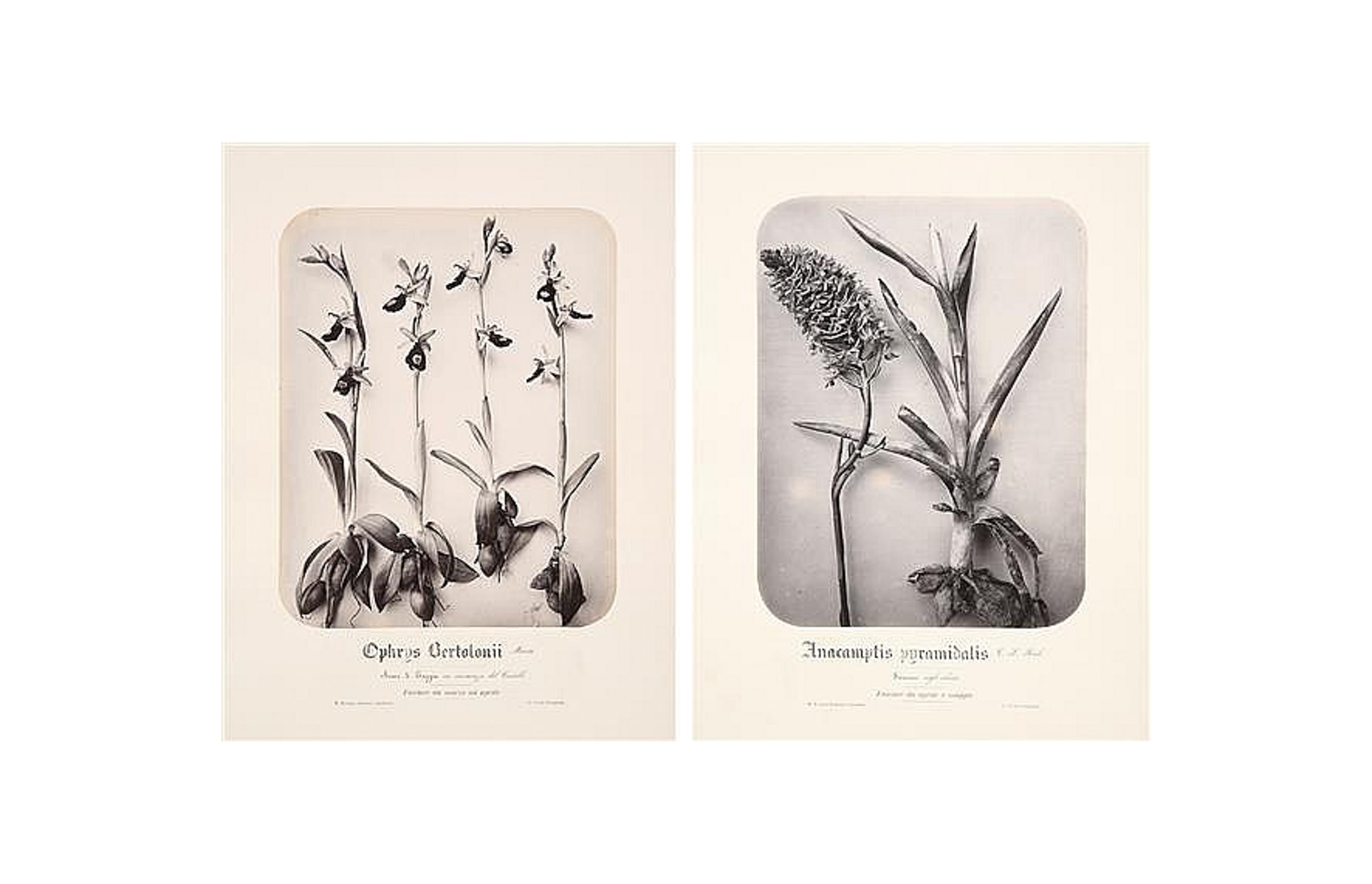
Botanical Studies, 1870. Pietro Guidi
Beneath the eye of the camera the secrets of the flowers were falling one by one.
—Colette, “Secrets”, Prisons and Paradis, 1932
There were two distinctive advantages to the new photographic method. The first, imitation: the act of recording and documenting. The second, replication and diffusion: the possibility of endless reproduction and distribution.
It was clear that photography enabled the human eye to see with realistic detail what no illustration or painting could ever achieve: systems of veinal nerves, lines and tapes, pulses and movements. It is because of the rational and descriptive quality of the medium that painters were relieved of realistic representation for the first time in art history. Nevertheless, we would have to wait until the beginning of the 20th century to see the first artistic experimentations using flowers through the photographic medium.
ESSENCE
It did not take long for photographers to prove that the camera lens vastly extended the human vision. It is within this context that a new world of interpretation emerged during the beginning of the 20th century. The potential of new photographic expressions such as photograms and solarisation were part of the intense experiments led by pre-war developments in avant garde movements - in particular cubism, dada and surrealism.
With these experimentations, flowers were presented and empowered in a way that artists from different movements were able to strike a balance between the beauty of the natural element and its geometrical form.

Untitled, 1930. Man Ray
The artist had to eschew the literal transcription of reality in order to break through the worlds of surface appearance.
—Man Ray
Imogen Cunningham was one of those artists. Her interest was in the flower as a natural being in conjunction with the plant, with the focus on the flower piece as a medium to discover forms and lines as an art of expression. She became well known for her simple, yet precise and formal renditions of her subjects. Likewise, though one century earlier, botanist Karl Blossfeldt had already pioneered the thinking that 'the plant must be valued as a totally artistic and architectural structure. Nature is an educator about beauty and intrinsic feeling'.
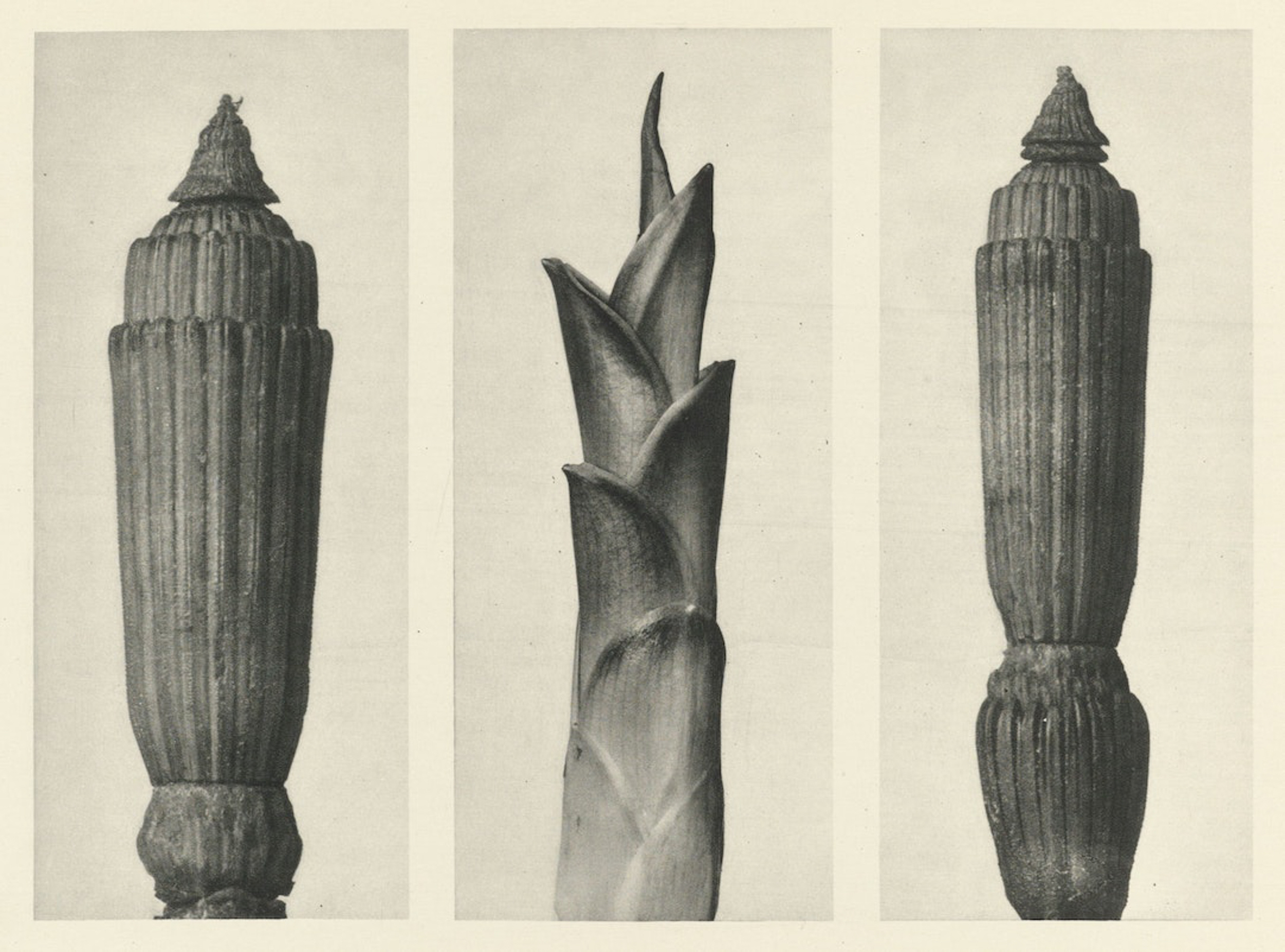
Plantstudie, 1928. Karl Blossfeldt
Since the first representations of flowers in art, they have been incorporated in portraits as symbols of social status, interests, allegiance, religion and traits of personality. The flower could stand for youth, beauty, virginity, innocence and vulnerability. In its inception, photography too embraced these traditional associations, codified in the fashionable language of flowers from the Victorian age. With the experimentation and evolution of photography practices, flower photography started to loosen its connection with the forensic, scientific way of representation, and acquitted a sense of a man-made object, an appropriation of nature by culture. As new layers of meanings were added to those from the Victorian age, the flower once again became an emblem of privilege, refinement and exclusion, like haute couture in fashion magazines: a fetishised cultural artefact, valued for its rarity, design and aristocratic rank.
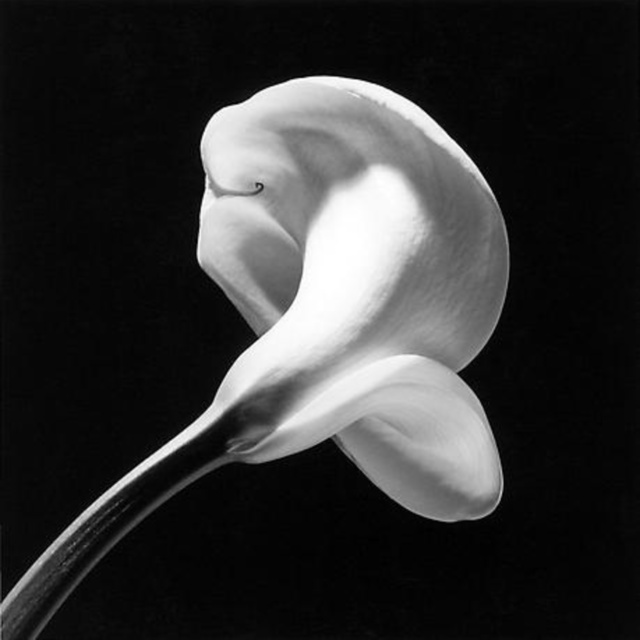

Left: Calla Lily, 1984. Right: Iris, 1982. Robert Mapplethorpe
Robert Mapplethorpe is one of the most notable artists of the late 20th century who associated new meanings and symbolism between the flowers and the human body. He finds in flowers a graphic correspondence with the body as symbol of sensuality, taking it as a whole or as a single petal or as a section of a stem. Much like the sexually charged nudes he is known for, Mapplethorpe used flowers as a critique to the audience's 'uptightness'. Instead of innocence and vulnerability, flowers are symbols of an aggressive, sensual presence: eros.
HYBRIDS, THE DIGITAL ERA
During the last decades of the 20th century, flowers employed allegorical and metaphorical meanings in reflecting more substantial and cultural topics, becoming an official medium of art expression. Artist Joan Fontcuberta was one of the first to experiment with the now so-called photographic flower hybrids or mutations, in which flowers are depicted not as an expression of reality but as the result of transformation. What the flower is might not be what the photographer envisions of it.
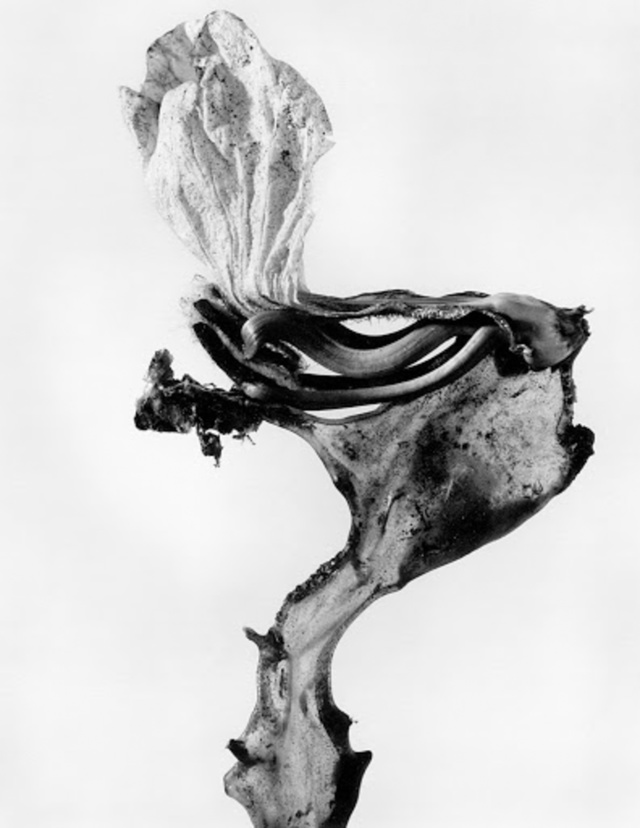

Herbarium, 1984. Joan Fontcuberta
Along with the revolution of digital manipulation and the bombardment of flower photography in the days of social media, we still find a wide number of photographers using floristry and photography as a medium to create their own personal narratives or as the epitome of beauty itself.
There is a correlation between the evolutionary paths of photography and floristry: both had to shift their perception within society to be recognised as a medium of self expression. At LFS, we have the privilege to receive constant inspiration from these two worlds. This opens up infinite possibilities and constant expansion, enriching the meaning and the magic of flowers in our everyday lives.

Still life composition with metal. Arrangement by Federica Carlini. Photography by Nicole Ma.
References:
Lina Scheynius:
Karl Blossfeldt
Rijksmuseum
Robert Mapplethorpe:
© Robert Mapplethorpe Foundation


